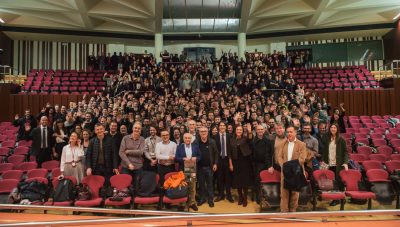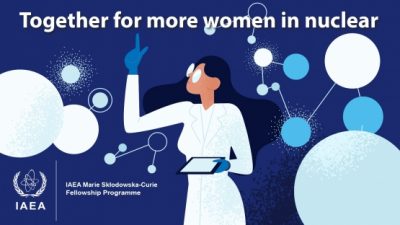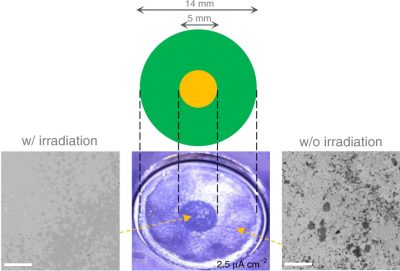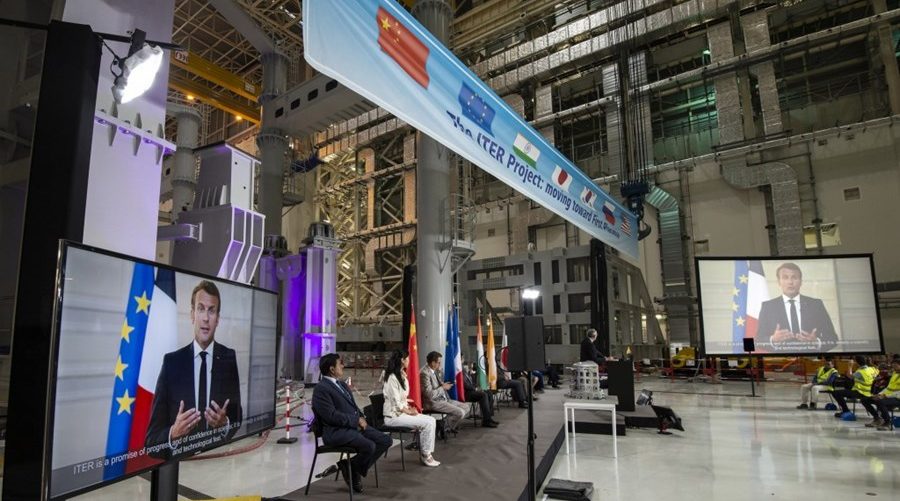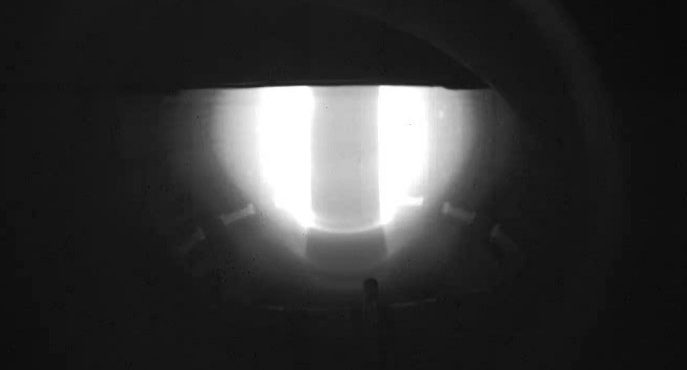
The MAST-Upgrade tokamak commenced operation with its first plasma at Culham Centre for Fusion Energy, the United Kingdom on 29 October 2020. As a result of the seven-year upgrade programme for the Mega Ampere Spherical Tokamak (MAST), essentially a complete new fusion device was built with a stronger magnetic field and higher heating power.
Prof. Ian Chapman, the chief executive of the UK Atomic Energy Authority said: “MAST Upgrade will take us closer to delivering sustainable, clean fusion energy. This experiment will break new ground and test technology that has never been tried before. It will be a vital testing facility on our journey to delivering the STEP fusion power plant.”


